How to land a Horizon 2020 EU project
By Mari Kristine Buckholm, Smart Innovation Norway 8. August 2017
Smart Innovation Norway has landed seven EU funded research and innovation projects in two years. What is the reason behind this success?
“Hard work, high prize”.

These are the words of Smart Innovation Norway’s Coordinator of Research and Innovation, Heidi Tuiskula, the woman who has been responsible for writing the company’s EU project proposals for the past two years.
A brilliant idea
Her success rate? 100 percent. Smart innovation Norway (SIN) has received funding for every application she has prepared for the European Commission.
“The most important part of the proposal is a brilliant idea fitting to the work program. Without it, one cannot win”, reveals Tuiskula.
In addition, she stresses the need for a consortium with all the necessary competencies, a solid work plan, a budget that is proportional to the work planned, and finally, motivation for your project.
“All this should be wrapped up within a sales document, a.k.a. proposal, which cannot be ignored”, Tuiskula settles.
Seven projects in two years
As coordinator, SIN has won two Horizon 2020 projects (EMPOWER and INVADE) and two ERA-Net projects (IMPROSUME and E-REGIO).
As a partner, SIN has won two Horizon 2020 projects (PERMIDES and RESOLVD), one ERA-Net project (MATCH), one FP7 project (Smart Rural Grid), and one JU ECSEL project (SCOTT).
“These records are between 2010 and 2017, thus we have won nine projects in seven years, from which seven have been obtained after 2015”, Tuiskula points out.

Heidi Tuiskula. SMART INNOVATION NORWAY
Determined approach
There is no doubt the competition is high. In fact, the overall success rate of eligible full proposals is around 14 percent for Horizon 2020 (EU’s current Research and Innovation funding programme) projects, and around 20 percent for the whole of FP7 (EU’s Research and Innovation funding programme for 2007-2013).
“I would say our success rate is an excellent result of determined approach and work towards being recognized as a top research institution within the ongoing energy revolution”, Tuiskula emphasizes.
To apply for funding, you need to:
- find a live funding call
- find partners to form a consortium
- register on the European Commission Participant Portal
- read the online manual, which includes step-by-step instructions on preparing your proposal
- submit your proposal via the portal by the stated deadline
Once you have submitted your proposal the European Commission will check that you are eligible. A panel of independent experts will then assess your proposal. There are standard evaluation criteria, although this can vary for each funding scheme.
Social media
INVADE updates
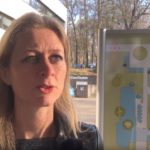
It is possible to control the speed of charging electric cars on a large scale with algorithms. This can be concluded from the results of a Smart Charging test on 700 public charging stations as part of the Horizon 2020 INVADE project. (4 years ago)
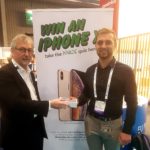
“I found the INVADE pilots incredibly interesting”
During the European Utility Week in Paris in November 2019, the INVADE project presented itself in a unique way in the EU Projects Zone. Using videos and an informative quiz, the INVADE stand was always busy. (4 years ago)

“Solutions like INVADE are necessary”
The Horizon 2020 INVADE project is coming to an end this year. Last week, a conference and a workshop were organized on behalf of the project and parallel to event Smart City Expo World Congress in Barcelona. (4 years ago)

The INVADE project has resulted in five successful pilot stories and professional films have been made from each pilot site. You can watch them all here. (4 years ago)

The work package WP9: Business models and market structures, led by INVADE project partner Lyse has put forward a market structure for platform-based business models inspired by disruptive companies like Amazon and Airbnb. (4 years ago)
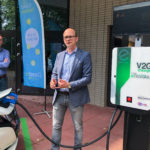
In the end of May, the INVADE consortium was gathered in the Netherlands. During the two-day meeting, all five pilot owners presented their progress to the project partners. (4 years ago)

Badenova sells and operates networks, energy storages and smart city infrastructures in a region of nearly 1 million inhabitants and adapts INVADE technology and solutions on site for its customers. (4 years ago)
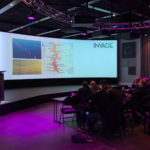
“We will act on everything we have heard today”
When Norway’s Standing Committee on Energy and the Environment visited Smart Innovation Norway headquarters in Halden on Monday, they were introduced to the company’s unique EU research expertise. (5 years ago)

Energy businesses that manage to incorporate total social impact into their activities, products, services, and communication to customers and employees, will have the best premises for future business growth – and for contributing to a better world. (5 years ago)
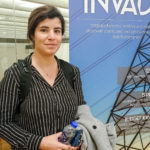
What is the added value?
In a few weeks the INVADE integrated platform will be up and running and the pilot owners are both hopeful and excited about what the results will show. (5 years ago)